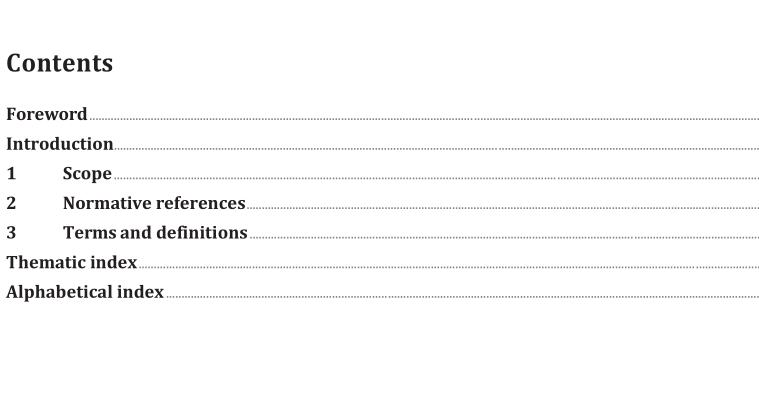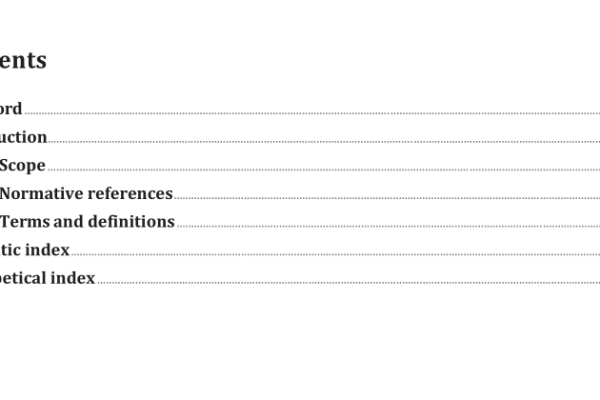ISO 9235:2021 pdf download – Aromatic natural raw materials — Vocabulary.
3.6 concentrated essential oil folded oil essential oil (3.11) treated by a physical process in order to concentrate one or more components considered to be of interest 3.7 concrete extract (3.13) obtained from a fresh natural raw material (3.20) by extraction with one or several solvents Note 1 to entry: The solvent or solvents are then totally or partly removed. 3.8 distillate product of condensation obtained after distillation of a natural raw material (3.20) 3.9 dry-distilled essential oil essential oil (3.11) obtained by distillation of wood, barks, roots or gums, without addition of water or steam EXAMPLE Birch tar essential oil. 3.10 essential oil of fruit juice essential oil (3.11) obtained from a fruit juice during its concentration or during UHT (flash pasteurization) treatment Note 1 to entry: The water and aromatic oils are separated to yield an aromatic oil phase and a dilute water phase, which contains the water-soluble aromatic components. 3.11 essential oil product obtained from a natural raw material (3.20) of plant origin, by steam distillation, by mechanical processes from the epicarp of citrus fruits or by dry distillation, after separation of the aqueous phase – if any – by physical processes Note 1 to entry: The essential oil can undergo physical treatments which do not result in any significant change in its composition (e.g. filtration, decantation, centrifugation). Note 2 to entry: The phrase “Essential oil of … ” has been used instead of “Oil of …” in all ISO/TC 54 standards published since 2010. 3.12 essential oil obtained by steam distillation essential oil (3.11) which is obtained by steam distillation with addition of water to the still (hydrodistillation) or without addition of water to the still (directly by steam) EXAMPLE Essential oil of orris (commonly named “iris butter ”). 3.13 extract product obtained by treating a natural raw material (3.20) or aromatic water (hydrolate) (3.3) with one or several solvents EXAMPLE Coffee extract, tea extract, rose hydrolate extract. Note 1 to entry: The obtained solution may be cooled and filtered. Note 2 to entry: The term “extract ” is a generic term. Note 3 to entry: The solvent or solvents are then totally or partly removed.
3.14 exudate natural raw material (3.20) excreted by the plant 3.15 gum exudate (3.14) consisting mainly of polysaccharides 3.16 gum oleoresin exudate (3.14) consisting mainly of resinous compounds, gums and certain quantities of volatile compounds EXAMPLE Myrrh, olibanum, galbanum. 3.17 gum resin exudate (3.14) consisting mainly of resinous compounds and gum (3.15) EXAMPLE Shellac gum. 3.18 oleoresin exudate (3.14) consisting mainly of resinous and volatile compounds EXAMPLE Pine oleoresin, gurjum. Note 1 to entry: This natural oleoresin, due to exudation, differs from extracted oleoresins ( 3.22). 3.19 native aromatic water aqueous distillate obtained from natural raw material (3.20) endogenous water Note 1 to entry: There is no exogenous water addition during the process. EXAMPLE Strawberry native aromatic water, cornmint native aromatic water.
ISO 9235:2021 pdf download – Aromatic natural raw materials — Vocabulary






